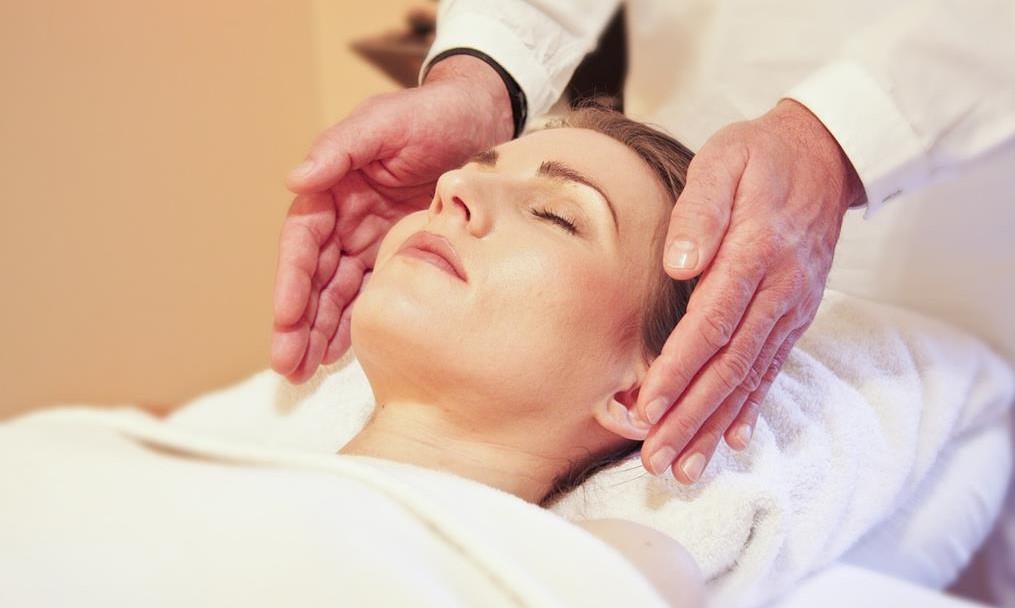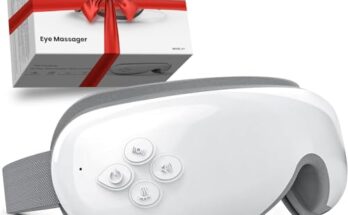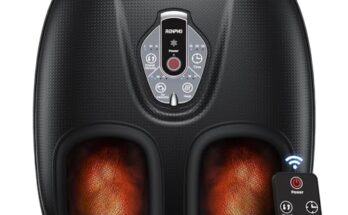Yes, lymphatic drainage massage is generally considered safe during breastfeeding. However, it’s essential to ensure that the massage is performed by a skilled and knowledgeable practitioner who understands the specific needs and considerations of breastfeeding mothers.
Lymphatic drainage, a gentle massage technique designed to stimulate the lymphatic system, promotes the removal of bodily toxins and can boost overall health. For breastfeeding mothers, ensuring infant health remains a priority. Therefore, when considering lymphatic drainage, they must seek advice from a medical professional, such as a lactation consultant or their doctor, to ensure the procedure won’t affect milk supply or transfer any mobilized toxins to breast milk.
Careful consideration and professional guidance can help mothers receive the benefits of this therapy while safeguarding their babies’ well-being during such a crucial developmental stage. It’s important for postpartum women looking to improve their recovery and manage potential swelling or fluid retention.
The Lymphatic System And Breastfeeding
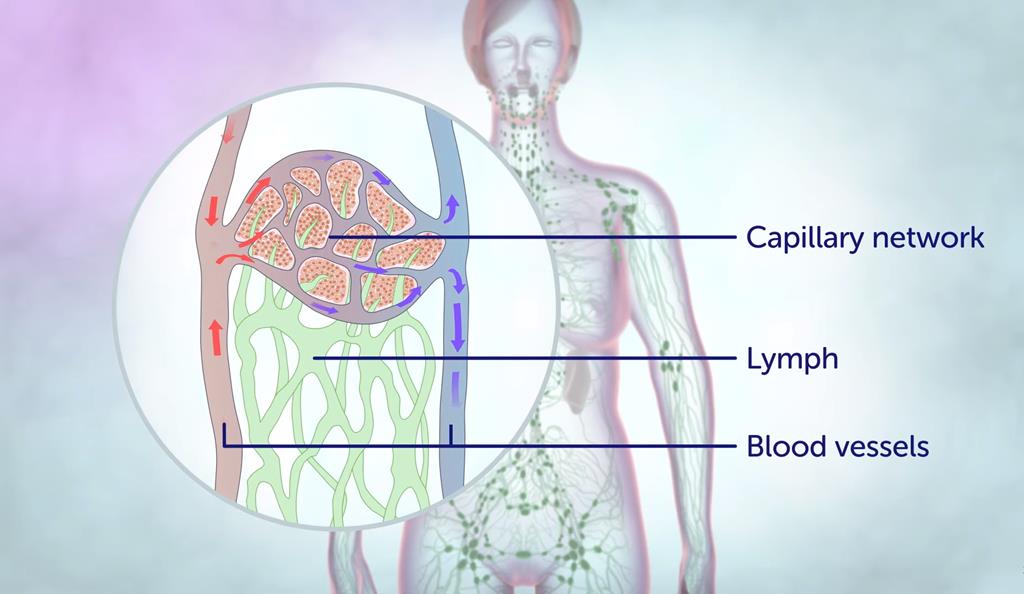
The lymphatic system plays a key role in overall health, including during breastfeeding. This network of tissues and organs helps rid the body of toxins, waste, and other unwanted materials. For new mothers, understanding the interaction between the lymphatic system and breastfeeding is vital.
Functions Of The Lymphatic System
The lymphatic system serves several important functions:
- Balances fluids in the body.
- Removes waste products from cellular metabolism.
- Helps in fighting off infections by transporting white blood cells.
- Absorbs and transports fatty acids and fats from the digestive system.
Breastfeeding Basics & Lymph Fluid
While breastfeeding, the body produces and transports nutrient-rich milk to the baby. Lymph fluid is integral for:
- Maintaining breast health and preventing blockages in milk ducts.
- Supporting the immune system that protects both mother and baby.
Moms should note that lymphatic drainage can be both beneficial and safe, provided they consult with healthcare professionals first.
Lymphatic Drainage: A Primer
Caring for your body includes understanding its natural processes. Lymphatic drainage is one such process, often overlooked yet vital. Let’s explore what it is and the benefits, particularly for breastfeeding mothers seeking safe health practices.
What Is Lymphatic Drainage?
Lymphatic drainage is a gentle massage technique. It stimulates the lymph system. The lymph system is part of the immune system. It helps to remove waste and toxins from the bodily tissues.
Benefits Of Lymphatic Drainage
- Detoxifies the body
- Reduces swelling and water retention
- Promotes healing and recovery
- Enhances immune function
For breastfeeding mothers, safe practices are a top priority. Always consult your healthcare provider before beginning any new treatment.
Safety Concerns For Breastfeeding Mothers
When a new mother is breastfeeding, the safety of her baby is always top priority. Some treatments like lymphatic drainage may offer benefits, but it’s essential to understand their safety during this delicate time. This post explores the safety concerns that breastfeeding mothers should consider before undergoing lymphatic drainage.
Physiological Concerns During Lactation
Lymphatic drainage is a gentle massage technique that helps remove excess fluid from the body. While not painful, certain physiological changes happen during lactation. These must be considered to ensure the well-being of both mother and child.
- Hormonal shifts can alter lymphatic system functioning.
- Breast tissue is more sensitive and prone to inflammation.
- Ensuring comfort and avoiding infection is crucial.
Potential Impacts On Milk Production
Lymphatic drainage close to the breasts may affect milk production. It’s essential to approach such therapies with caution.
| Concern | Explanation | Recommendation |
|---|---|---|
| Milk Flow | Mechanical pressure can stimulate or inhibit milk flow. | Seek professional advice before treatment. |
| Milk Composition | Treatments may alter milk’s fat content and composition. | Monitor changes in breastfeeding patterns post-treatment. |
| Breast Health | Risk of mastitis or blocked ducts may increase. | Watch for signs of breast pain or infection. |
Always consult a healthcare provider skilled in lactation with knowledge of your medical history before a lymphatic drainage session.
Lymphatic Drainage Techniques And Breastfeeding
New mothers seek ways to feel their best while caring for their newborn. Lymphatic drainage might offer benefits, from reducing swelling to boosting immunity. But is it safe during breastfeeding? The answer generally is yes, but let’s explore safer techniques tailored for nursing moms.
Manual Lymphatic Drainage (mld)
Manual Lymphatic Drainage is a professional massage technique that encourages lymph fluid movement. Special care is necessary for breastfeeding moms. Here’s why:
- It avoids the breast area to prevent milk production stimulation.
- Trained therapists can focus on limbs and torso, excluding sensitive areas.
This gentle approach reduces unwanted side effects while promoting relaxation and detoxification.
Self-drainage Methods At Home
Breastfeeding moms can also practice lymphatic drainage at home. Self-drainage is mild, effective, and convenient. Here are steps to follow:
- Start with clean hands and a comfortable position.
- Gently massage the neck, armpits, and areas away from the breasts.
- Use soft, sweeping motions directed towards the heart.
Always remember to remain gentle to ensure comfort and avoid affecting milk flow.
Medical Perspectives On Lymphatic Drainage While Nursing
Mothers often wonder about the safety of lymphatic drainage during breastfeeding. This soothing therapy aims to promote health. Yet, breastfeeding mothers need clear guidance. Medical experts provide insights into benefits and considerations.
Professional Recommendations
Healthcare professionals stress the importance of individual assessment. Many endorse lymphatic drainage for postpartum swelling. But they advise caution. The technique should be gentle. Professionals with experience in treating nursing mothers are preferred.
- Consult a healthcare provider before treatment.
- Seek therapists with specialized training in postnatal care.
- Ensure treatment does not affect milk supply.
Case Studies And Research Findings
Research into lymphatic drainage during breastfeeding is growing. Case studies suggest this therapy can relieve discomfort. Yet, every woman differs. Scientific evidence helps shape best practices.
| Study | Participants | Findings |
|---|---|---|
| Journal of Women’s Health Physical Therapy | New Mothers | Reduced postpartum swelling without impacting milk supply |
| International Breastfeeding Journal | Breastfeeding Women | No adverse effects on lactation |
These findings support the careful application of lymphatic drainage.
Precautions And Best Practices
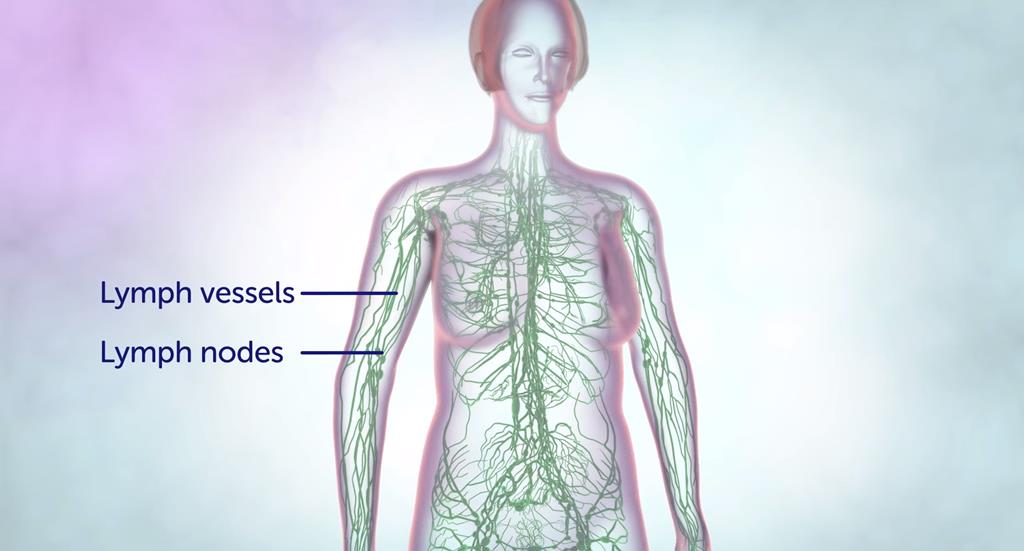
Motherhood brings joy and challenges, including health and well-being. One challenge some new mothers face is postpartum swelling. Lymphatic drainage can be a remedy, but safety is paramount while breastfeeding. Here’s how to proceed with caution and best practices.
When To Avoid Lymphatic Drainage
- Infection: Skip treatment if you have breast or body infections.
- Medical Conditions: Problems with your heart, kidneys, or blood can mean no.
- Immediately After Birth: Wait for your doctor’s green light.
Guidelines For Safe Lymphatic Drainage During Breastfeeding
| Action | Reason |
|---|---|
| Seek professional guidance | Experts ensure it’s safe and effective. |
| Clarify status | Tell the practitioner you’re breastfeeding. |
| Hydrate well | Fluids help the lymph system work. |
- Choose a certified lymphatic therapist.
- Request a gentler approach if needed.
- Monitor your breasts for changes in milk supply or tenderness.
Can I Get A Lymphatic Massage While Breastfeeding?
It’s always best to consult with your healthcare provider or a qualified lactation consultant before getting a lymphatic massage while breastfeeding, as individual circumstances can vary. However, in general, lymphatic massages are considered safe for breastfeeding mothers as long as certain precautions are taken:
-
Choose a skilled practitioner: Ensure that the person performing the massage is experienced and knowledgeable about the specific needs of breastfeeding mothers.
-
Communicate with your therapist: Inform your massage therapist that you are breastfeeding. They can adjust the technique and pressure accordingly.
-
Avoid certain areas: It’s generally recommended to avoid the breast area during the massage to prevent any discomfort or potential disruption to milk supply. Instead, focus on other areas such as the arms, legs, and back.
-
Stay hydrated: Drinking plenty of fluids before and after the massage can help support milk production and prevent dehydration.
-
Monitor for any changes: Pay attention to how your body responds to the massage. If you notice any decrease in milk supply or other concerns, stop the massages and consult with your healthcare provider.
Overall, lymphatic massages can be beneficial for promoting relaxation, reducing swelling, and improving circulation, but it’s important to prioritize your and your baby’s well-being by seeking guidance from a healthcare professional before proceeding.
Can You Do Lymphatic Drainage Postpartum?
Yes, lymphatic drainage massage can be done postpartum, but it’s essential to ensure it’s performed by a qualified therapist and under the guidance of your healthcare provider. It can help reduce swelling, promote healing, and support the body’s recovery after childbirth. However, always consult with your healthcare provider before starting any massage therapy postpartum to ensure it’s safe for your specific situation.
When Should You Avoid Lymphatic Drainage?
While lymphatic drainage massage can be beneficial for many people, there are certain situations where it may be advisable to avoid or postpone this type of therapy. Here are some instances when you should consider avoiding lymphatic drainage massage:
-
Acute Infections: If you have an acute infection, such as a fever, flu, or other contagious illness, it’s best to avoid lymphatic drainage massage until you have recovered. Massage can potentially spread the infection or exacerbate your symptoms.
-
Inflammatory Conditions: If you have an acute inflammatory condition, such as cellulitis or dermatitis, massage could worsen the inflammation or spread it to other areas of the body.
-
Recent Surgery: Following surgery, especially if lymph nodes have been removed or the lymphatic system has been affected, it’s important to wait until your surgeon or healthcare provider gives you clearance before undergoing lymphatic drainage massage. In some cases, massage may be part of post-surgical rehabilitation, but it should only be performed under the guidance of a qualified healthcare professional.
-
Deep Vein Thrombosis (DVT) or Blood Clotting Disorders: If you have a history of DVT or other blood clotting disorders, lymphatic drainage massage may pose a risk of dislodging blood clots and causing complications. Always consult with your healthcare provider before undergoing massage therapy if you have a history of these conditions.
-
Heart Conditions: If you have a heart condition or are at risk for cardiovascular problems, such as hypertension, congestive heart failure, or a recent heart attack, consult with your healthcare provider before receiving lymphatic drainage massage. The stimulation of the lymphatic system may affect blood pressure and circulation, so it’s essential to proceed with caution.
-
Open Wounds or Skin Infections: If you have open wounds, cuts, burns, or skin infections in the area where massage would be performed, it’s best to avoid lymphatic drainage until the skin has healed completely to prevent further irritation or infection.
Is Lymphatic Drainage Massage Safe During Pregnancy?
Lymphatic drainage massage during pregnancy can be safe and beneficial for some women, but it’s essential to proceed with caution and consult with your healthcare provider before beginning any massage therapy regimen during pregnancy. Here are some considerations:
-
Consultation with a Healthcare Provider: Always consult with your obstetrician or midwife before getting any type of massage during pregnancy. They can advise you based on your specific health situation and any potential risks or contraindications.
-
Trained Practitioner: If you decide to pursue lymphatic drainage massage during pregnancy, ensure that you seek out a massage therapist who is experienced and trained in prenatal massage techniques. Prenatal massage requires special considerations due to the changes in a woman’s body during pregnancy.
-
Avoid Certain Areas: During pregnancy, it’s generally recommended to avoid deep pressure on certain areas of the body, such as the abdomen and lower back, especially in the first trimester. These areas are sensitive and require gentle treatment to avoid potential harm to the fetus.
-
Positioning: A skilled massage therapist will know how to position you safely during the massage to ensure your comfort and avoid putting pressure on areas that could be problematic during pregnancy.
-
Hydration and Rest: Make sure to stay hydrated before and after the massage, and allow yourself time to rest afterward. Pregnancy can be physically demanding, and it’s important to listen to your body’s cues.
-
Monitoring for Discomfort: Pay attention to how your body responds during and after the massage. If you experience any discomfort, pain, or unusual symptoms, stop the massage immediately and consult with your healthcare provider.
How To Do Lymphatic Drainage On Breasts?
Conclusion
Navigating the safety of lymphatic drainage during breastfeeding is essential. Always consult a healthcare provider before starting any new treatment. Embracing this advice ensures both mother and child experience the utmost care. Remember, individual health and well-being take precedence in these delicate situations.
Stay informed and prioritize safety in your postpartum journey.
